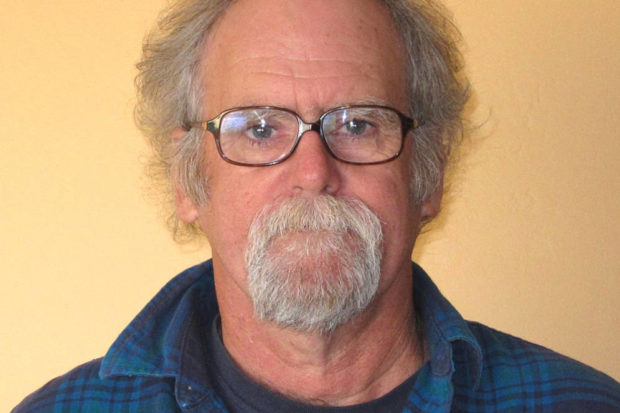
By Tom Frantz
The New Year is a time for hope. In terms of air quality, it is a good time to reflect on the path to clean air that the Central Valley could follow if the political will existed among the San Joaquin Valley Air Pollution Control District (Air Board) leaders.
The Air Board whines incessantly about the impossibility of reaching federal air quality health standards. Every excuse in the book is used to shrug off its responsibility as a health agency to provide a better quality of life for the negatively affected public. Every loophole and delay is implemented for the economic benefit of the biggest polluters doing business in the Valley. Never acknowledged is the fact the bad air is affecting the Valley economy with billions of dollars per year in health-related costs.
Assuming the Air Board did its job as a health agency, what would they need to do to reach all current federal clean air standards in the next 10 years? Below is a general prescription that would be more than enough to reach this goal:
- There should be a requirement that all new stationary sources of pollution proposing to locate in the Central Valley must directly reduce 50% more air pollution than they will create. No new business should be allowed to purchase emission reduction credits, which are often 30 years old, in order to offset new emissions. Only actual reductions in the Valley would qualify as mitigation for new sources.
- New distribution centers locating in the Valley must offset 150% of their trucking-related pollution by paying for permanent reductions elsewhere in their vicinity. Current distribution centers must fully phase in this mitigation over the next 10 years.
- The top 250 existing pollution sources in the Valley must proportionately pay a total fee of $300 million annually for pollution reductions. These polluters include a few big glass factories, a couple of dozen power plants, the biggest oil companies and around 100 mega dairies. Far more is needed than the paltry $29 million fine currently being paid by motorists for local air quality improvement projects.
- The flare rule should be made tighter than anywhere else in the nation. Unlike elsewhere in the state, here there are no realistic limits on the quantity or type of flaring allowed. It should be mandated that any flaring of gas for any reason results in an automatic fine equal to the consumer value of the same quantity of gas.
- Ammonia and volatile reactive gases from factory dairies must be reduced dramatically at existing dairies with more than 750 milk cows. The emissions must be cut in half from the current rates under today’s rules. Rules for new dairies must be stringent enough to halt expansion of the current cow population.
- Biomass power plants (all 30 of them) must be allowed to incinerate only biomass sourced within the Valley from agricultural and forestry operations. Alternative uses for agricultural biomass, such as composting or direct return to the soil, must be prioritized with incentives higher than those going toward current biomass incinerator programs.
- No new power plants using coal for fuel should be allowed in the Central Valley. There are currently four or five of these facilities with permits to burn coal and another one is proposed. At the same time, there should not be natural gas power plants in the Valley producing far more electricity than what is consumed in the Valley. Solar and wind power must be expanded for future growth and to make a lot of the steam needed by the oil and other industries.
- Local composting of organic material should be allowed only for material of Valley origin. No more sewage sludge, biomass or food waste should be delivered to the Valley before it is fully composted into a safe material ready for incorporation into prime farmland.
- Hazardous saste plants must stop receiving toxic and poisonous material from outside the Valley.
- Agricultural equipment rules reducing dust and pollutants by 50% must be mandated and phased in over 10 years.
The above measures, with state and federal cooperation, would effectively remove significant Valley-based sources of air pollution. It is not necessary to blame the Valley’s bad air on wisps of esoteric pollution from China. The Air Board should instead resolve, with the New Year, to take dramatic action to improve the health of millions of Valley residents in a short time.
*****
Longtime clean air advocate Tom Frantz is a retired math teacher and Kern County almond farmer. A founding member of the Central Valley Air Quality Coalition, he serves on the CVAQ steering committee and as president of the Association of Irritated Residents. CVAQ is a partnership of more than 70 community, medical, public health, environmental and environmental justice organizations representing thousands of residents in the San Joaquin Valley unified in its commitment to improve the health of Californians. For more information, visit www.calcleanair.org.
